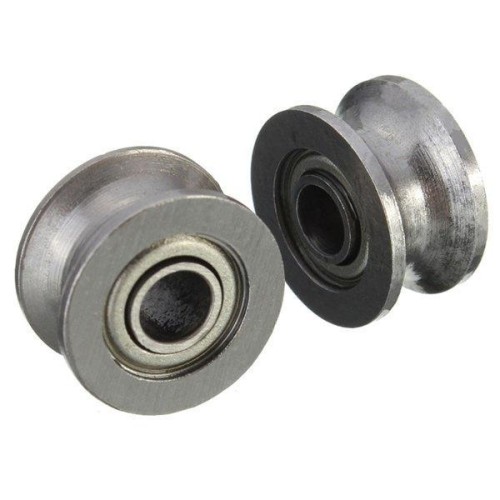Introduction
Bearings are indispensable components in the world of mechanical engineering, playing a critical role in reducing friction between moving parts. They support and guide rotating or oscillating members, allowing for smooth and efficient motion. In this blog post, we will delve into the types of bearings, their applications, and the importance they hold in various industries.
Types of Bearings
Ball Bearings
Ball bearings are perhaps the most common type, consisting of balls that roll between races to minimize rotational friction. They can handle both radial and thrust loads but are limited by the amount of load they can bear before the balls deform.
Roller Bearings
Roller bearings use cylinders instead of balls to distribute the load over a larger surface area, which allows them to carry heavier loads than ball bearings. There are several subtypes, including cylindrical, tapered, spherical, and needle roller bearings, each suited for specific load conditions.
Plain Bearings
Plain bearings, also known as bushings or journal bearings, have no rolling elements and rely on a lubricant film to reduce friction. They are simple in design and can be very durable under proper maintenance.
Magnetic Bearings
Magnetic bearings utilize magnetic levitation to support moving parts without physical contact, leading to extremely low friction and wear. They require power and control systems but offer advantages in high-speed applications.
Applications of Bearings
Bearings are used in countless machines across almost every industry. In automotive manufacturing, bearings enable wheels to rotate freely and reduce engine noise. In aerospace, they ensure the precise movement of aircraft components. Industrial machinery relies on bearings to maintain efficiency and longevity.
Importance in Industry
The importance of bearings cannot be overstated. They not only improve the performance of machinery but also increase energy efficiency and reduce maintenance costs. Properly selected and maintained bearings can significantly extend the life of equipment and prevent costly downtime.
Maintenance and Care
To get the best performance out of bearings, it is crucial to follow proper maintenance practices. This includes regular cleaning, lubrication, and inspection for wear or damage. Advances in sensor technology and condition monitoring systems have made it easier to predict bearing failures and schedule timely repairs.
Conclusion
In conclusion, bearings are the unsung heroes that keep our world turning smoothly. Their ability to reduce friction and carry loads is fundamental to the operation of nearly all mechanical devices. By understanding the different types and applications of bearings, engineers and technicians can make informed decisions that lead to more reliable and efficient machinery.

